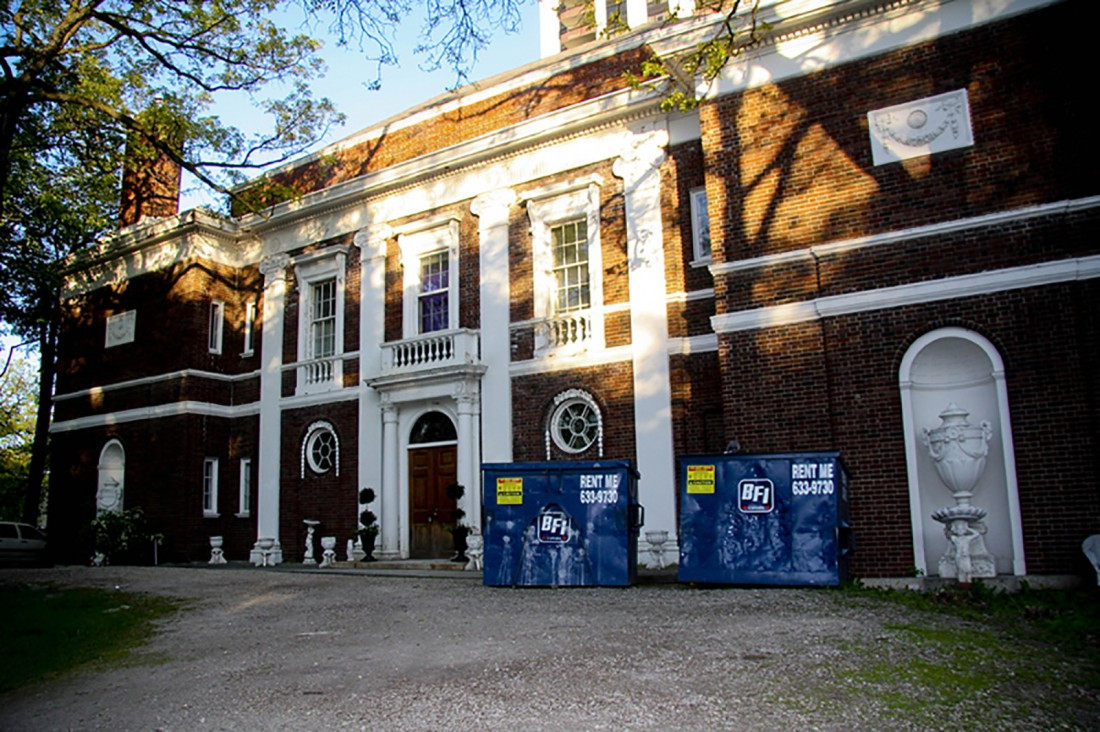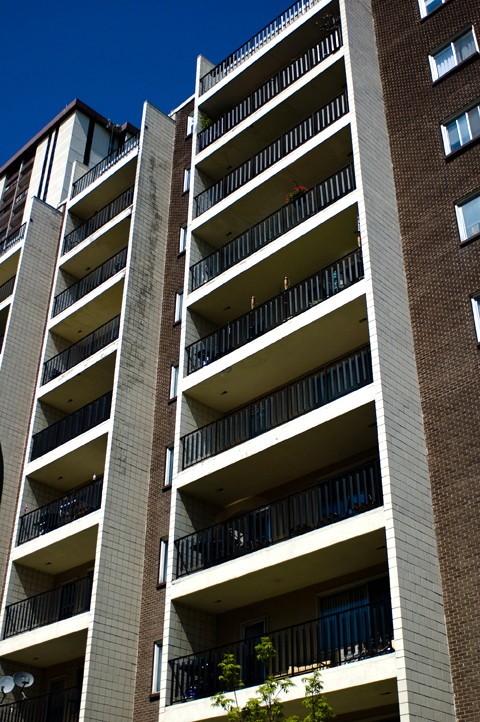Lost Winnipeg
Osborne Village’s gilded past
Do you love learning about our city’s past as much as we do? As part of a four part summer series, Robert Galston, author of local blog The Rise and Sprawl, will examine neighbourhoods’ transitions over the past century, up until the most recent 2006 Census. Last month he took a look at South Point Douglas. In this installment, Galston discusses Roslyn Road and the beautiful homes which once lined the street.
Since the incorporation of the City of Winnipeg in 1873, the city’s wealthy neighbourhoods have developed in a south-westerly direction, away from Point Douglas, where in the 1870s and ‘80s the young and scrappy assortment of Ontario Protestants who would form the city’s “commercial elite” had lived. Moving to Broadway at the close of the 19th century, they had by 1911 crossed Assiniboine River to Roslyn Road in what is today called Osborne Village.
In 1911, Roslyn Road was the apex of Winnipeg’s posh enclaves and would have offered an air of permanent gentility: Not out on the fringes of Crescentwood, yet not back across the River, where commercial blocks and rooming houses were creeping further and further south from Portage Avenue. Far enough from the noise of the Osborne streetcar line, one could truly escape the city living on Roslyn, and the only tall building nearby, Roslyn Court, happened to be the finest, most luxurious apartment building in the city.
East of Roslyn Court lived men like future Lt-.Gov. of Manitoba, Douglas Cameron. But it was west of Osborne where most prominent figures lived. John Galt, a son of old Upper Canadian money – not to be confused with the hero of Ayn Rand’s novel Atlas Shrugged – lived at 221 Roslyn. Businessman Robert Rogers lived at 197 with a staff of four maids and a chauffeur for his family of three.
Just off Roslyn, George M. Black lived at 59 Wilmot Place, where the house staff included a nurse for 11-month-old George Jr., who in 1944 would leave Winnipeg for Montreal, just a few months before the birth of his own son, future newspaper baron Conrad Black.
But the most opulent residence in the neighbourhood was that of banker Augustus Nanton, the five-acre Kilmorie estate at 229 Roslyn. The embodiment of Winnipeg’s (long-lost) entrepreneurial spirit, the Toronto-born Nanton worked his way from clerk of Osler & Hammond to partner by age 23, and proceeded to open the Winnipeg office of Osler, Hammond & Nanton a year later in 1884. Nanton’s prudent business acumen, and knack for attracting Scottish investment in the development of the Canadian West, quickly made him one of the city’s wealthiest men.
At Kilmorie, Nanton and his wife raised their six children, and in 1911 employed a house staff of 12. An avid equestrian, Nanton built stables on the estate and was known to ride his horse out to the undeveloped expanses of River Heights and Fort Garry. At the end of First World War, Nanton was knighted for his wartime fundraising efforts – one of only a few Winnipeggers to ever receive such an honor.
After Nanton’s death in 1925, Lady Nanton carried on in the house until 1934, when in the midst of the Depression, the heating and tax bills became too much. The house at Kilmorie was demolished, and Lady Nanton lived out the rest of her days in the retrofitted stables. By that time, Roslyn had long since fallen out of vogue with the city’s wealthy, who had continued down Wellington Crescent, headed for Tuxedo. Like Kilmorie, most of the old mansions came down, and their properties were subdivided by mid-century.
Today, the neighbourhood around Roslyn is one of the most densely populated in the city. But, in spite of this density, Roslyn north of River Avenue and west of Osborne Street has an almost suburban nature: Few sidewalks, and a streetscape of ‘50s-era ranch houses on sprawling lots, punctuated by high-rise apartments that are dismal at street level.
Two old Roslyn remnants, the Dennistoun House, and the more and impressive Archibald House next to it, are currently eyed for the site of another apartment tower, which looks to follow in the footsteps of its neighbours in the “good from far, far from good” ethos of high-rise design. Once home to prominent barrister Robert Dennistoun, the house is perhaps more significant for its architect, J.D. Atchison, whose impressive body of work includes the Boyd Building and the Bank of Hamilton building. (In 1911, Atchison himself lived around the corner, in a Craftsman house that still stands at 100 Nassau.)
Should these two old houses disappear, there will be hardly anything left from the neighbourhood that existed there 98 years ago. Still standing are the stately iron gates of Kilmorie, blocking a driveway long grown over. Meanwhile, the Nantons’ stables, at 61 Roslyn Crescent, are currently on the market. For anyone interested owning a part of Roslyn Road’s luxurious past, the property is listed at $725,000.
Published in Volume 63, Number 28 of The Uniter (June 18, 2009)









